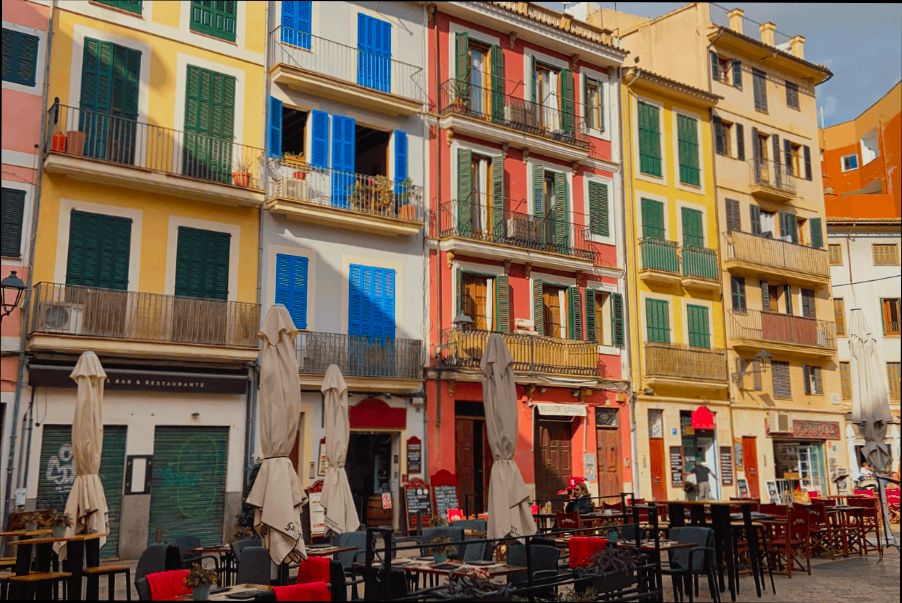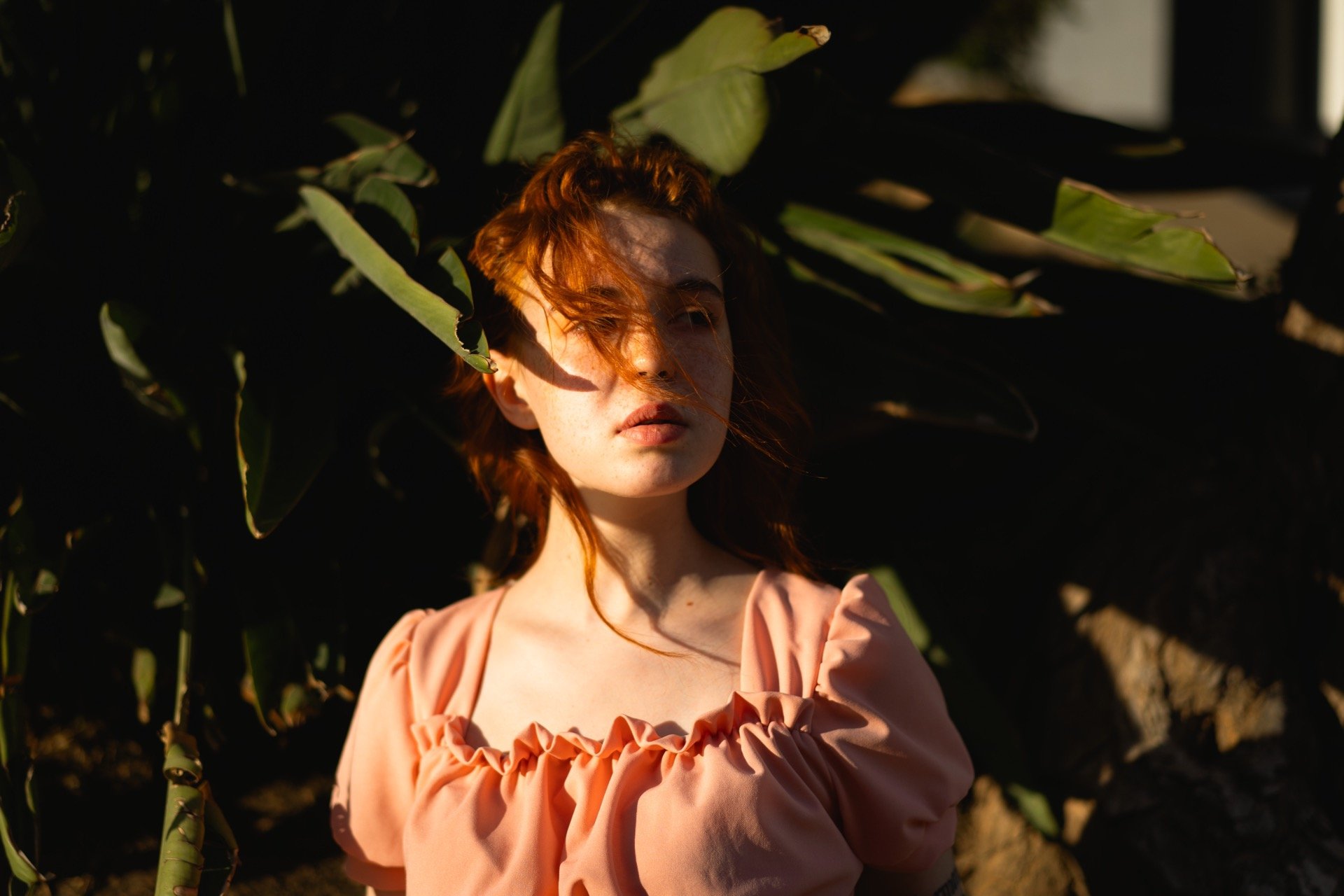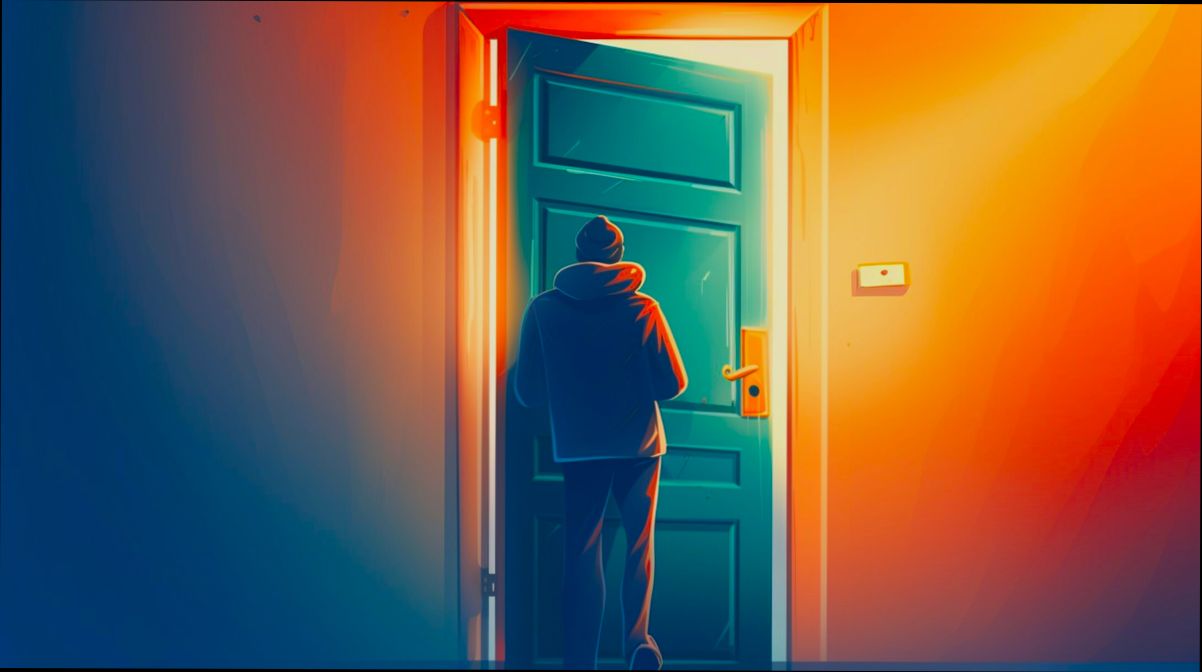Pros and Cons of Living in Palma paint a vivid picture of life in this stunning Mediterranean city. With a year-round sunny climate, residents often bask in over 300 days of sunshine, which is a massive perk for anyone who thrives in warm weather. Imagine starting your day with a coffee at a beachfront café while soaking up the views of the turquoise sea. Plus, Palma boasts a rich history, blending vibrant nightlife with charming cobbled streets and those iconic, Gothic-style buildings. The bustling markets, like Mercat de l’Olivar, are perfect for picking up fresh produce or sampling local delicacies, and let’s not forget about the delicious ensaimada pastry!
On the flip side, living in Palma isn’t all sunshine and sangrias. The cost of living has shot up in recent years, with rent prices in some neighborhoods skyrocketing by as much as 25% since 2020—definitely something to consider if your budget is tight. Additionally, the influx of tourists can be overwhelming, especially during the summer months when the population swells, making local beaches feel more crowded than serene. Navigating public transport can also be a bit of a hassle, as the bus schedules may not always be reliable, leaving you wondering just when you’ll actually arrive at your destination.
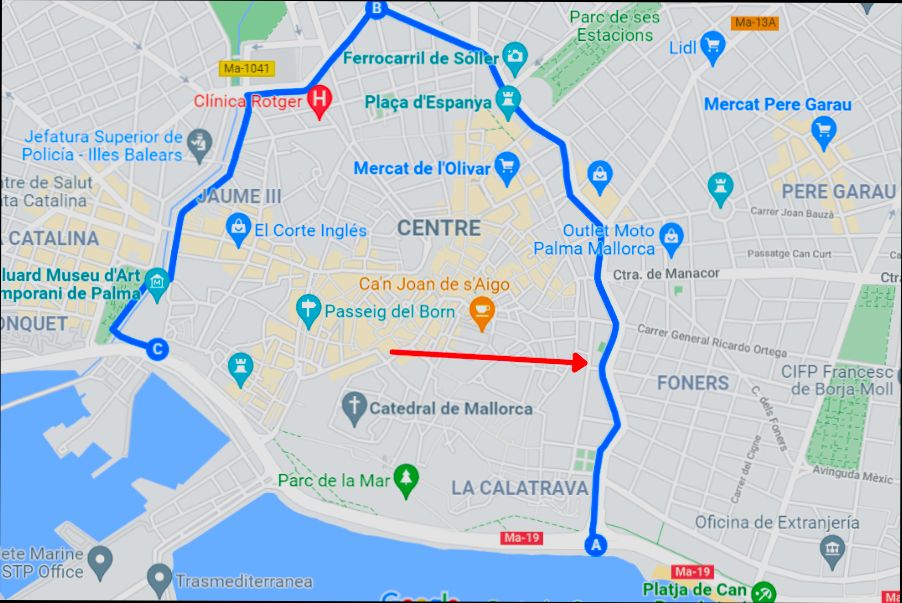
Cultural Richness and Local Heritage
Living in Palma means immersing yourself in a vibrant tapestry of cultural richness and local heritage. The blend of traditional customs, architectural beauty, and artistic expression creates an environment that enriches daily life. Let’s explore what makes Palma’s cultural scene unique and how it can enhance your living experience.
Key Points about Cultural Richness in Palma
- Historical Significance: Palma is home to 83 historical landmarks, including the stunning Cathedral of Santa María, also known as La Seu, which dates back to the 13th century. This architectural marvel draws thousands of visitors each year, emphasizing Palma’s historical significance.
- Cultural Festivals: The city celebrates around 70 local festivals yearly, showcasing traditions such as the traditional Sant Joan festival, where you can witness vibrant fireworks and bonfires. These events allow residents to engage deeply with local customs and community spirit.
- Diverse Artistic Community: The art scene in Palma thrives with over 200 art galleries that feature both contemporary and classical art forms. This diversity fosters creativity and invites art lovers to partake in workshops and exhibitions regularly.
- Language and Traditions: About 61% of Palma’s residents prioritize the preservation of the local dialect, Catalan. This commitment to maintaining language adds a rich layer to everyday interactions, making cultural exchange with locals more personal.
Comparative Table of Cultural Events in Palma
| Event | Month | Key Features |
|---|---|---|
| Sant Joan Festival | June | Fireworks, bonfires, and traditional music |
| Festa de la Mare de Déu | September | Religious processions and local cuisine |
| Palma’s Art Week | May | Exhibitions, workshops, and open studios |
| Christmas Markets | December | Handcrafted goods and festive concerts |
Real-World Examples
One remarkable instance is the beautiful celebration of Fira del Ram, Palma’s spring fair, which gathers local artisans and artisans from the Balearic Islands. The fair showcases traditional crafts, allowing you to experience local craftsmanship while connecting with the community.
Furthermore, the Palma International Film Festival highlights local filmmakers and invites cinematic narratives that reflect the island’s culture and history. This event not only showcases creativity but also fosters a sense of pride in local heritage.
Practical Implications for Readers
You can easily immerse yourself in Palma’s culture by participating in the numerous artistic workshops available throughout the city. Many local artists offer lessons in traditional crafts like pottery and textile weaving, which can be both a fun and enriching experience.
Additionally, exploring the neighborhoods like Santa Catalina or La Lonja will reveal hidden gems, vibrant street art, and galleries that reflect Palma’s artistic pulse.
Specific Facts and Actionable Advice
Take a walking tour of Palma’s historic sites to better understand the local heritage; many guided tours are available, allowing you to dive deep into stories behind the architecture and customs. Be sure to engage in community events and festivals to form connections within the community and appreciate the rich cultural events that define Palma’s spirit.
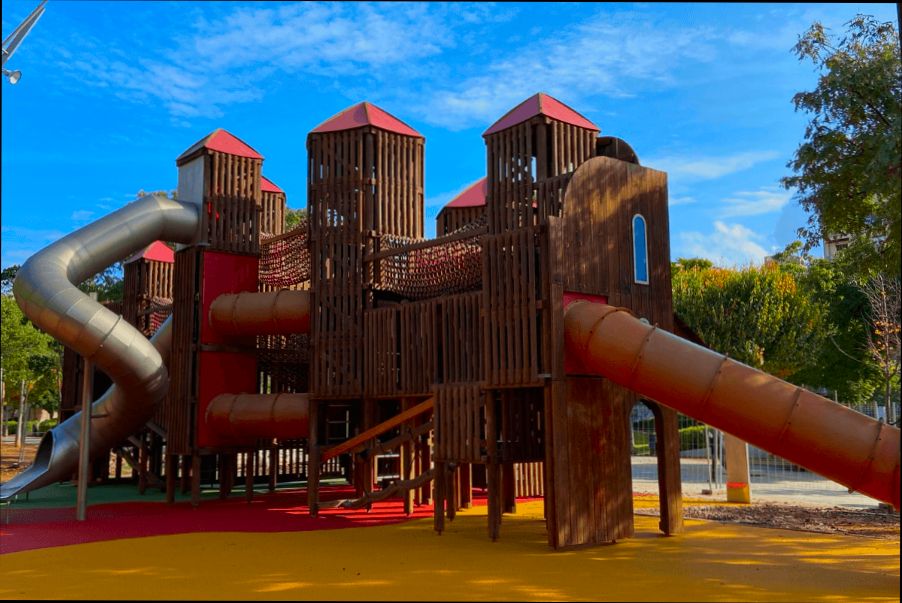
Climate and Weather Considerations
Living in Palma offers a Mediterranean climate characterized by hot, dry summers and mild, rainy winters. Understanding these weather patterns can significantly influence your lifestyle and choices in Palma.
Key Points
- Temperature Averages: Palma experiences average summer temperatures around 30°C (86°F), while winter averages drop to about 10°C (50°F). This allows for year-round outdoor activities, but the hottest months may require air conditioning and hydration.
- Rainfall Distribution: Palma receives around 400 mm (15.7 inches) of annual rainfall, with the majority falling from October to January. This knowledge is essential for planning seasonal activities and gardening, as autumn sees more precipitation.
- Sunshine Hours: On average, Palma enjoys about 2,700 hours of sunshine a year. This high number of sunny days enhances the outdoor lifestyle but also necessitates sun protection measures to prevent UV exposure.
Average Monthly Weather Data for Palma
| Month | Avg High Temp (°C) | Avg Low Temp (°C) | Rainfall (mm) | Sunshine Hours |
|---|---|---|---|---|
| January | 15 | 7 | 35 | 6 |
| April | 20 | 12 | 20 | 8 |
| July | 30 | 21 | 5 | 11 |
| October | 24 | 16 | 60 | 7 |
| December | 16 | 8 | 40 | 5 |
Real-World Examples
For those planning to relocate, it’s helpful to note that rain can affect transportation and outdoor events in autumn. For instance, the annual Palma de Mallorca International Boat Show is typically held in April when rainfall is relatively low, providing ideal conditions for the event.
Local citizens often adjust their daily schedules during the summer to avoid excessive heat, especially during the siesta hours (from noon to 4 PM) when many businesses close. Embracing these local customs can help you adapt more seamlessly.
Practical Implications
When considering living in Palma, being aware of its climate can guide your decision-making. For instance, investing in a property with good insulation will enhance comfort during both hot summers and cooler winters. Moreover, understanding seasonal weather patterns can help you take full advantage of recreational opportunities, from beach days to hiking trails.
- Preparation for Droughts: Given data from Drought.gov indicating periodic drought conditions in Mediterranean regions, implementing water conservation practices can be beneficial in sustaining your gardens and landscapes.
- UV Protection: With high UV levels, consider using protective clothing or applying sunscreen consistently, especially during peak sunny months.
Knowing these climate and weather factors can help you not only enjoy your time in Palma but also thrive in its unique environmental conditions.
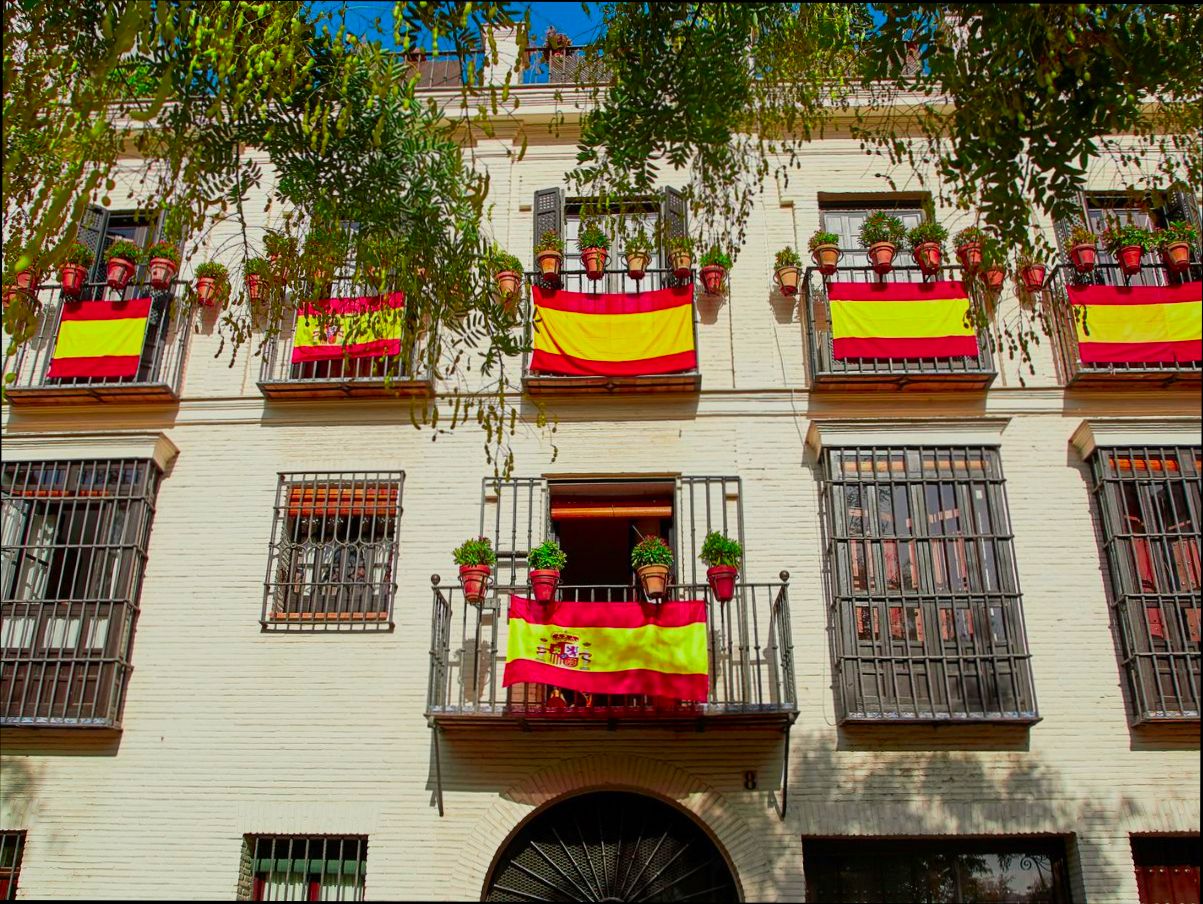
Cost of Living in Palma
When considering a move to Palma de Mallorca, one of the first things you might think about is the cost of living. It’s crucial to understand that Palma is ranked among the top 29% of the most expensive cities globally, with an average monthly cost of around $1,696. Let’s dig deeper into what you can expect in terms of expenses.
Key Cost Elements in Palma
Palma’s cost of living can vary depending on your lifestyle, but here are some essential figures to keep in mind:
- Monthly Expenses: A family of four can expect to spend approximately 2,807.7€ without including rent, while a single person’s estimated monthly costs are around 816.7€.
- Rental Prices: Renting a one-bedroom apartment in the city center will cost you about 1,084.62€, while an equivalent apartment outside the city center will average around 873.08€.
- Utilities: Monthly utility bills (electricity, heating, cooling, water, and garbage) for an 85m² apartment typically amount to about 211.17€.
- Public Transportation: If you rely on public transport, a one-way ticket will cost you 2.00€, whereas a monthly pass is 37.50€.
Cost Comparison Table
To give you a clearer picture, here’s a comparison of various cost elements you might encounter in Palma:
| Item | Cost (€) |
|---|---|
| Meal at an inexpensive restaurant | 14.00 |
| Meal for 2 at a mid-range restaurant | 52.29 |
| Domestic Beer (0.5L draught) | 4.00 |
| Basic Utilities (monthly for 85m²) | 211.17 |
| One-bedroom apartment (city center) | 1,084.62 |
| One-way public transport ticket | 2.00 |
Real-World Examples
For instance, if you plan to dine out occasionally, enjoying a three-course meal for two at a mid-range restaurant would set you back about 52.29€, certainly reflecting the cost of living in a tourist-friendly city. If you’re a frequent coffee drinker, expect to pay around 2.96€ for a cappuccino, making it a popular habit among locals and expatriates alike.
Grocery shopping will also impact your budget. Milk costs approximately 1.08€ per liter, while a loaf of fresh bread is around 1.29€. If you’re considering fitness, joining a local gym will cost you about 51.50€ a month.
Implications for Your Budget
Being financially prepared before relocating to Palma is vital. Setting a realistic monthly budget can aid in managing your expenses better. For families, estimating costs around 2,807.7€ (excluding rent) is crucial, while individuals should budget closer to 816.7€.
Actionable Advice
- Prioritize Housing: Decide whether it’s more economical to live in the city center or outskirts based on your lifestyle. If you enjoy being close to attractions and amenities, the city center might be worth the extra cost.
- Explore Local Dining Options: Check out local eateries for better food deals, as mid-range dining can add up quickly.
- Utilize Public Transport: If you can manage without a car, using public transport can significantly reduce monthly costs.
By understanding the cost of living in Palma, you can make informed decisions that align with your financial capabilities and lifestyle choices, ensuring a smoother transition to island life.
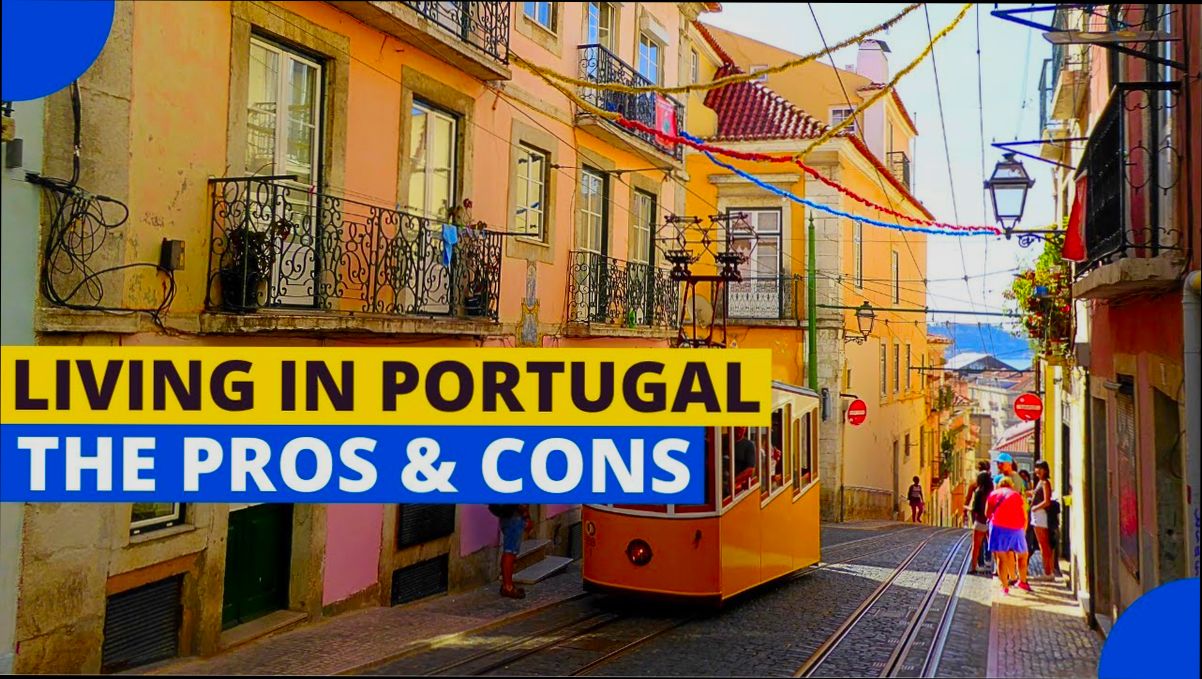
Housing Options and Availability
When it comes to choosing where to live in Palma, you’ll discover a variety of housing options that cater to different lifestyles and budgets. The city’s real estate market offers everything from ancient stone homes to modern apartments, ensuring you find a space that feels just right for you. Let’s explore some of the key elements influencing housing availability and options in Palma.
Types of Housing Available
In Palma, you can find several types of housing, each with unique features:
- Apartments: These are prevalent in urban areas, with prices ranging from €1,200 to €2,500 per month depending on size and location.
- Villas: Ideal for families or those seeking more space, villas can start at €2,000 per month and vary widely based on amenities and proximity to the sea.
- Townhouses: Offering charm and local character, these homes often reflect historical architecture, typically costing between €1,500 and €3,000 monthly.
Availability Trends
The housing availability in Palma has seen some fluctuations:
- Rental Market Growth: The rental market has grown over the past three years, with a 20% increase in available rental units.
- Luxury Housing Demand: There’s a rising demand for luxury properties, particularly among expatriates and retirees, leading to 15% higher prices for premium locations.
- Seasonal Variations: Be aware that availability can vary seasonally—higher during summer due to tourism but more constrained during winter months when demand drops.
Comparative Housing Costs
Here’s a quick comparison of average rent costs across various neighborhoods in Palma:
| Neighborhood | Average Monthly Rent | Type of Housing | General Atmosphere |
|---|---|---|---|
| Santa Catalina | €1,500 | Apartments/Townhouses | Trendy, lively with nightlife |
| Portixol | €1,800 | Villas/Apartments | Relaxed, beachside vibes |
| Bellver | €2,200 | Villas | Green, family-oriented |
| Centro Histórico | €2,500 | Townhouses | Historical, cultural center |
Real-World Examples
Let’s look at a few specific cases:
- One couple found a charming apartment in Santa Catalina for €1,450 that not only had modern amenities but also placed them right in the heart of local markets and cafes.
- A family of four decided to rent a villa in Portixol, paying €2,000 monthly. They appreciated the proximity to the beach and parks, which provided all the necessary space for their children.
Practical Insights on Housing Availability
If you’re planning to move to Palma, here are some actionable insights:
- Start Looking Early: Consider beginning your search at least three months before your planned move to ensure a variety of options.
- Local Real Estate Agents: Engaging a local real estate agent can provide insights into neighborhoods that may not be visible online.
- Networking: Join local Facebook groups or forums to gather insights from current residents on the latest rental listings and housing trends.
Key Facts to Remember
- Rental prices are highly influenced by location; choose wisely as this will significantly impact your monthly expenses.
- Keep in mind that the market is competitive, particularly for desirable neighborhoods like Santa Catalina and Bellver, where properties tend to rent quickly.
- Always factor in additional costs such as maintenance fees and utilities, which can vary widely among different types of accommodations.
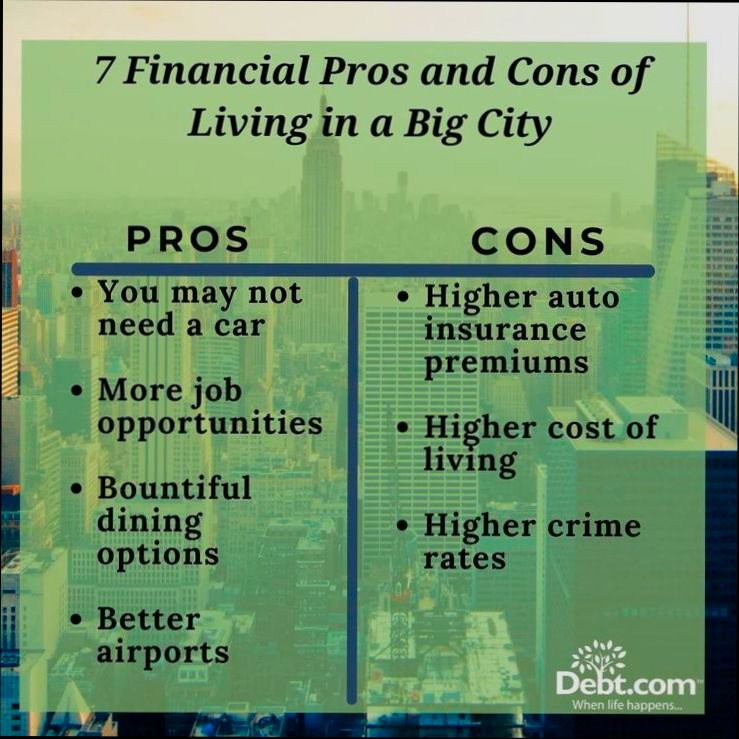
Healthcare Quality and Accessibility
When considering a move to Palma, healthcare quality and accessibility play a crucial role in your overall living experience. With a mix of public and private healthcare options, understanding what’s available can help you make an informed decision about your health needs.
Key Points about Healthcare Quality in Palma
- Medical Facilities: Palma has several public hospitals and private clinics that maintain high standards of care. The Son Espases University Hospital is the largest public hospital in the Balearic Islands, offering advanced medical services across various specialties.
- Healthcare Professionals: The city boasts well-trained healthcare professionals, with a significant portion of doctors fluent in English, making communication easier for expats and tourists alike.
- Health Insurance: Approximately 90% of residents in Palma are covered by public health insurance, which provides access to a wide range of medical services with minimal waiting times compared to some countries.
- Emergency Services: Emergency service response times in Palma contrast favorably against many European cities, with an average time of about 8 minutes for ambulances, ensuring prompt medical care when needed.
Overview of Healthcare Services
| Service Type | Public Healthcare Availability | Private Healthcare Availability |
|---|---|---|
| General Practitioner | Yes | Yes |
| Specialist Consultations | Yes | Yes |
| Emergency Services | Yes | No |
| Dental Care | Limited | Yes |
| Physiotherapy | Yes | Yes |
Real-World Examples
For instance, a friend of mine had a routine check-up at a local private clinic and received exceptional care within a week of making the appointment. The clinic was clean, the staff was friendly, and the doctor took ample time to discuss all concerns.
Another example involves an expat who experienced a minor emergency. They called for an ambulance and reported receiving assistance in under 10 minutes, affirming the effectiveness of Palma’s emergency services.
Practical Implications for Living in Palma
1. Access to Care: If you’re concerned about immediate access to healthcare, you can always opt for a private insurance plan that facilitates quicker appointments and specialized care.
2. Language Barrier: If you’re not fluent in Spanish, it’s reassuring to know that many doctors and nurses speak English, which helps when discussing health issues or treatment.
3. Preventive Healthcare: With an increasing focus on preventive healthcare, many clinics offer services such as wellness checks and vaccinations, crucial for maintaining health in a new environment.
Facts to Remember
- Always carry your health insurance card while in Palma, as it can significantly reduce costs in both public and private care settings.
- Familiarize yourself with the local healthcare facilities and their specialties; knowing where to go can make a significant difference in critical situations.
- Take advantage of the many wellness programs offered, from nutrition counseling to fitness classes, available at local health centers to enhance your overall well-being.
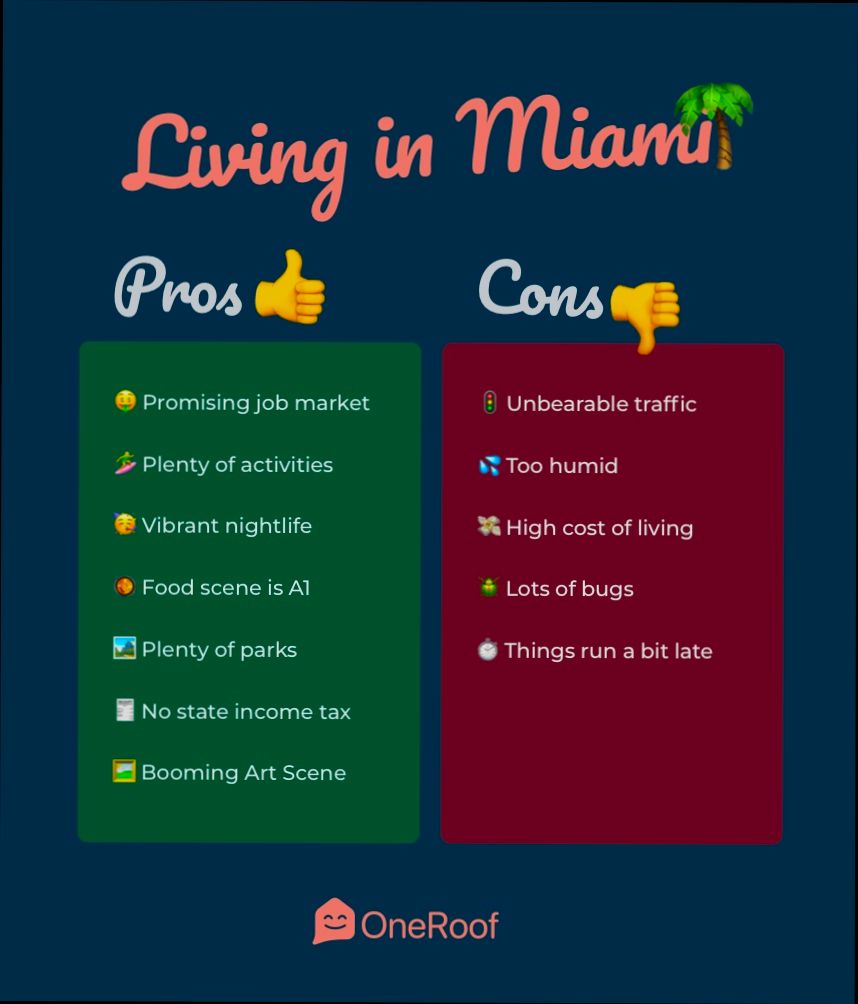
Community Life and Social Opportunities
Living in Palma offers a rich community life and diverse social opportunities that can enhance your overall experience in the city. From local events to informal gatherings, building connections is very much part of the Palma lifestyle. Let’s dive into what makes the community life here vibrant and engaging.
Key Community Features
- Civic Engagement: With nearly 55% of residents participating in local volunteering initiatives, you can easily find opportunities to connect with like-minded individuals while contributing to causes that matter.
- Festivals and Events: Palma hosts over 30 major festivals throughout the year, including the famous Sant Joan and Sant Sebastià festivals, which bring together community members for celebrations filled with music, food, and fun.
- Social Clubs: There are around 200 active social clubs covering a variety of interests, like sports, arts, and language exchange. These clubs provide a fantastic way for newcomers to meet locals and other expats.
- Community Spaces: Parks and communal areas like Parc de la Mar are frequented by residents and serve as hubs for social interaction, whether through casual meet-ups, organized activities, or family outings.
Community Life Comparison Table
| Community Feature | Palma | Other Major Cities in Spain |
|---|---|---|
| Active Volunteers | 55% | 30% (average) |
| Major Festivals per Year | 30+ | 20 (average) |
| Social Clubs | 200 | 150 (average) |
| Public Parks Availability | 18 parks | 12 parks (average) |
Real-World Examples
One great example is the Palma Book Fair, held annually, which attracts thousands of visitors. It features local authors and collective book signings, offering opportunities not just to buy books but to engage with the local literary community.
Another instance is the Palma Craft Beer Festival, where local breweries collaborate to showcase their offerings. This event enables residents to mingle while enjoying regional specialties, highlighting both the community spirit and the gastronomy of the island.
Practical Implications
Consider joining one of the numerous social clubs that resonate with your interests. Whether you’re into hiking, painting, or chess, participating in these clubs allows you to connect meaningfully with others and make lasting friendships. Engaging in local festivals not only brings joy but also deepens your connection to Palma’s rich cultural traditions.
If you’re looking to socialize further, explore interactive workshops or community courses available in areas like cooking or language. These offer both educational benefits and social networking opportunities that can enrich your experience in Palma.
By actively participating in community events, utilizing the various social platforms available, and embracing local traditions, you’ll rapidly integrate into Palma’s vibrant community life.

Economic Opportunities and Employment Trends
Living in Palma provides a fascinating landscape of economic opportunities and evolving employment trends. As you explore the job market, you may find diverse sectors thriving, from tourism to technology, all of which present unique career pathways.
Key Economic Opportunities
Palma’s economy is largely fueled by the booming tourism sector, which is the primary employer in the region. Here are some key statistics to consider:
- Tourism Influence: The tourism sector accounts for approximately 50% of the local economy, significantly impacting employment rates.
- Job Growth: Palma experienced a 5% increase in employment between 2021 and 2022, with many jobs created in hospitality, retail, and services.
- Technology Sector Expansion: There’s been a notable rise in tech startups, with a 30% growth in IT jobs since 2020, reflecting a shift towards more digital opportunities.
Employment Trends
Recent trends in Palma show a shift in the job market:
- Seasonal Employment: Many contracts are seasonal, especially in hospitality and tourism. However, the gradual rise of year-round residents has led to an increase in permanent job opportunities.
- Remote Work: Given the beautiful setting, Palma is becoming a hot spot for remote workers. About 25% of new jobs are flexible or remote, catering to a growing number of digital nomads.
- Sustainability Initiatives: Local governments are pushing for green jobs, which are predicted to grow by 20% in the next five years, focusing on renewable energy and sustainable practices.
| Industry | Employment Growth | Notes |
|---|---|---|
| Tourism | 50% of the economy | Key driver of jobs in Palma |
| Technology | 30% since 2020 | Increasing demand for IT professionals |
| Green Jobs | 20% projected growth | Sustainability initiatives boosting employment |
Real-World Examples
Several local companies illustrate these employment trends:
- Palma Tech Hub has become a focal point for IT jobs, directly contributing to the 30% growth in technology roles. They offer support for startups and have attracted a diverse range of professionals.
- Hotel Son Vida, a luxury hotel that hires on a seasonal basis, has adapted to the year-round resident model by providing more stable employment opportunities for local workers.
Practical Implications
As someone considering a move to Palma, you should be aware of these employment trends:
- Look into the tourism and service industries if you’re seeking immediate job opportunities.
- Explore the burgeoning tech scene, especially if you possess skills in IT or remote work.
- Keep an eye on local government policies aimed at promoting green jobs, as these could lead to career opportunities in sustainable industries.
For those looking to make the most of Palma’s economic landscape, networking within local communities can provide insights into job openings and business developments, enhancing your employment prospects.
